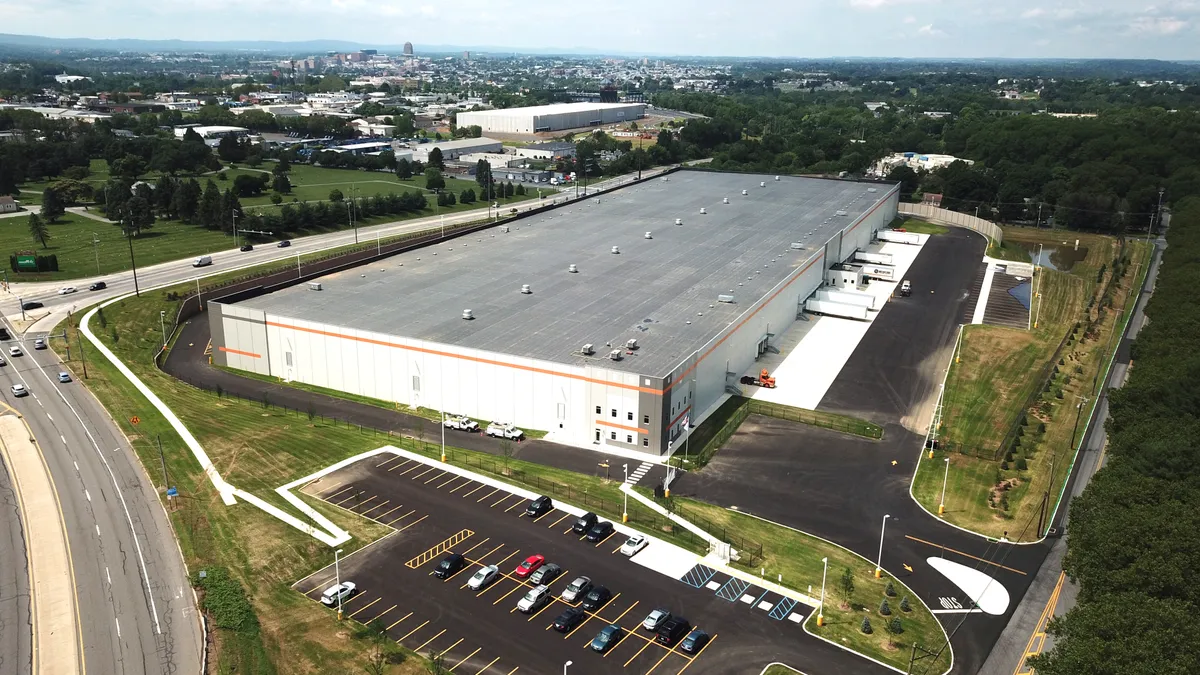Dive Brief:
- A. Duie Pyle will add a combined 225 doors this year at a new terminal in Maine, a New York-area facility it previously leased out, and four others acquired from bankrupt Yellow Corp., COO of Supply Chain Solutions Frank Granieri said in an interview with Trucking Dive.
- The company’s investments in real estate capacity and technology have contributed to its success as it enters its 100th year in business, Granieri said. The company uses proprietary software built by its in-house app development group.
- The terminals and tech upgrades are investments in optimizing its operation for growth. “Half of the equation is making sure that we're always focused on the quality and efficiency,” Granieri said. “The other half is ensuring that we're disciplined and commanding a fair price for our services.”
Dive Insight:
A. Duie Pyle has become known as a premier service provider over the past century by making the required, ongoing investments, Granieri said.
The company hopes to move into the Yellow properties it acquired by the end of Q2, although the needed repairs could delay that timeline. A. Duie Pyle was among a crowd of competing trucking carriers and other companies that bid a combined nearly $2 billion on Yellow’s truck terminals in last year’s bankruptcy auction.
A. Duie Pyle’s regional network, which will surpass three dozen service centers this year, has otherwise grown organically since 1996, when it expanded beyond a single terminal. It has coupled the new facilities with significant spending on technology, particularly in the past five years, the COO said.
“If you look at some of the companies in our space ... that are outperforming from a profitability perspective, a common theme that you hear from every one of them [is] they're investing heavily in technology,” he said.
The privately owned company’s long-term investments in real estate and tech have helped it buck a challenging freight market.
“We don't overextend ourselves,” Granieri said. “We have virtually no debt. We've grown organically. We've done so just based on executing the business from a value perspective and from a people perspective.”













